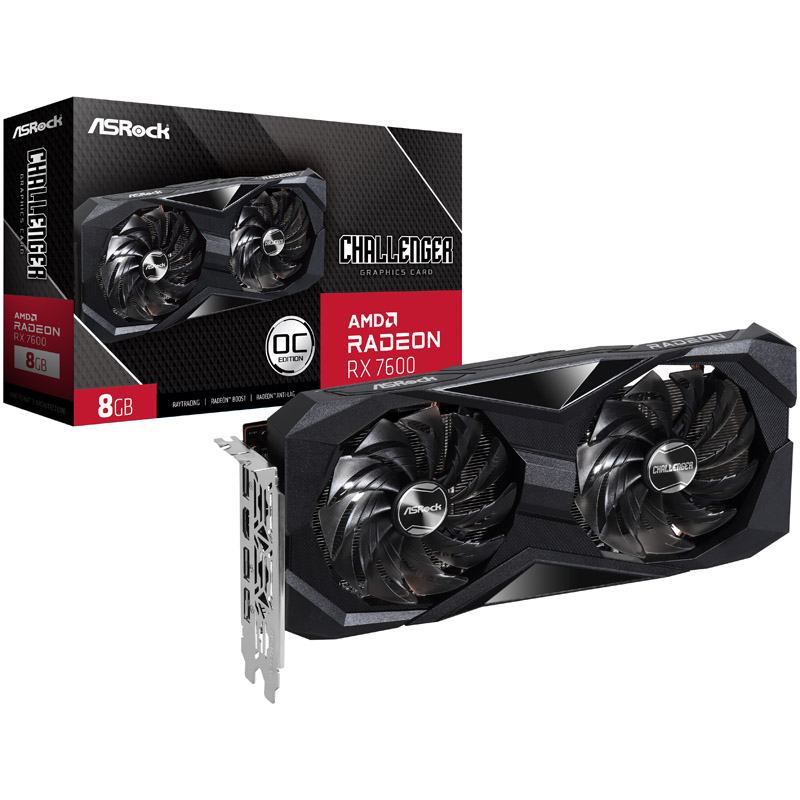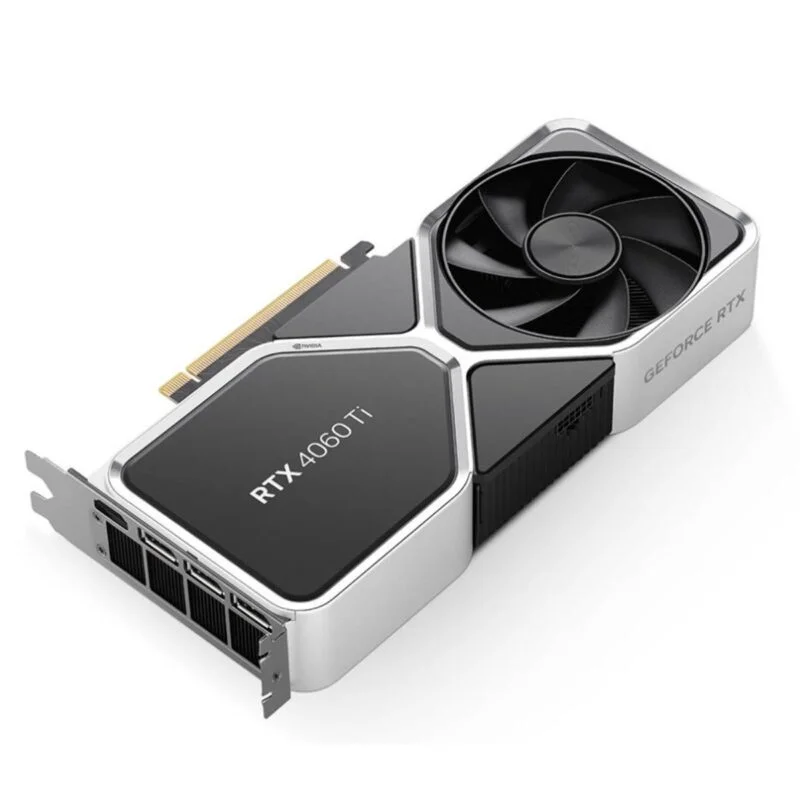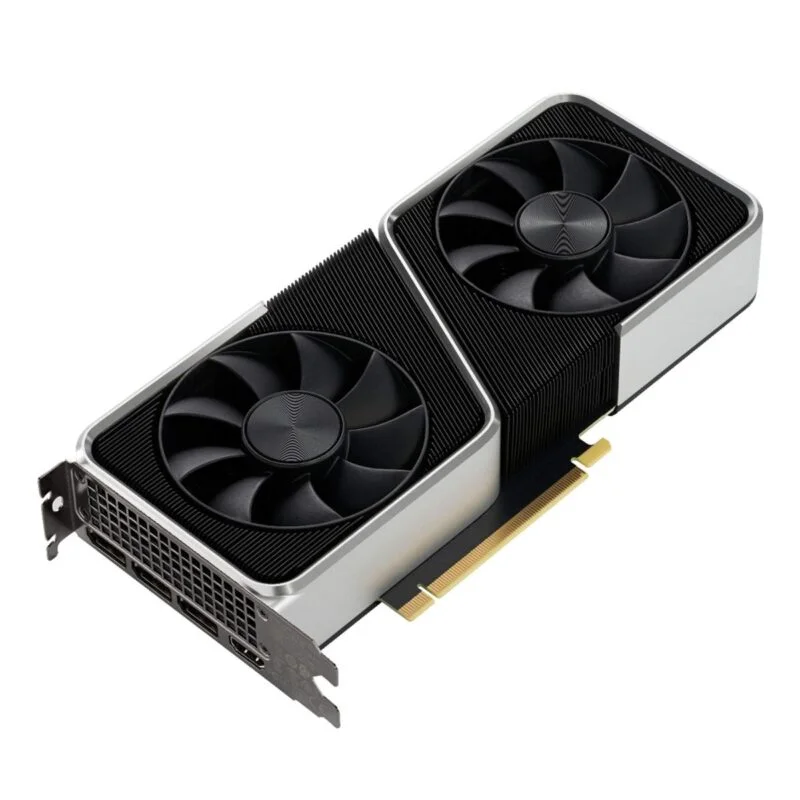Step-by-Step Guide to Determine Your Graphics Card
Identifying the graphics card model in your computer is crucial for various reasons. It can help in troubleshooting issues, updating drivers, or ensuring compatibility with new software or games. How to find what graphics card I have? Below is a simple guide tailored for different operating systems that will walk you through finding what graphics card you have.
Using Device Manager on Windows
For Windows users, the Device Manager is a go-to tool for hardware insights. Here’s how to use it:
- Right-click on the Start menu.
- Select ‘Device Manager’ from the menu.
- Expand the ‘Display adapters’ section.
- Your graphics card name and model will appear here.
Remember, if you see multiple entries under ‘Display adapters’, it’s likely your system has more than one GPU.
Accessing About This Mac on macOS
Mac users can find their graphics card details with just a few clicks:
- Click on the Apple logo at the top left corner.
- Choose ‘About This Mac’ from the dropdown.
- In the ‘Overview’ tab, look for ‘Graphics’ to find your GPU details.
This section provides details on the graphics system included with your Mac model.
Utilizing Terminal Commands in Linux
Linux users can rely on terminal commands for comprehensive information. Execute these steps:
- Open the Terminal application.
- Type
lspci -v | grep 'VGA' -A 12and press Enter. - Look for the line that starts with ‘VGA compatible controller’.
This command provides details about all VGA compatible hardware, including your graphics card.
Whether you’re a gamer, a professional, or simply need to update your drivers, following these steps should quickly reveal the necessary information about your graphics card, allowing you to take the next step in your computer maintenance or upgrade journey.

Common Tools and Software for Graphics Card Identification
In addition to using the built-in tools of your operating system, some specialized software can provide a wealth of information about your graphics card. Understanding what software to use can save you time and give you a more detailed insight into your GPU specifics.
GPU-Z: A Detailed Overview
GPU-Z is a lightweight utility designed to give you all information about your video card and GPU. It’s free and supports a wide range of graphics cards. Here’s what it does:
- It displays the name, brand, model, memory type and size of your GPU.
- You can monitor the temperature, load, and clock speeds.
- GPU-Z gives real-time updates, which are crucial for monitoring performance.
To use GPU-Z, simply download and run the program. No installation is necessary, and it will immediately display the specs of your graphics card.
Remember to look for the latest version to ensure compatibility with your graphics card.
How Speccy Can Help
Speccy is another handy tool for users who want to find detailed information about their systems, including the graphics card. It generates a summary and more detailed reports. Here’s how Speccy can assist you:
- It provides concise summaries and detailed data for all your hardware components.
- The software is available in a free version and a more comprehensive pro version.
- Speccy can also keep track of temperature readings, which can be vital for high-performance users.
To find what graphics card you have using Speccy, you need to download and install it. After running the program, navigate to the ‘Graphics’ section for detailed information about your GPU. It’s user-friendly and delivers a straightforward presentation of your system’s specs.
With these tools, pinpointing your graphics card details is less complex, and they provide the added benefit of tracking your hardware’s health and performance.
The Role of System Information in Identifying Hardware
When you want to identify your graphics card or any other hardware, system information is key. It tells you what’s inside your computer, including the graphics card. Here are some ways how system information helps in identifying hardware:
- It Clarifies Device Identity: System information screens show precise names and models. This helps avoid confusion between similar device names.
- Provides Driver Information: It lists the drivers currently installed for devices, which is important for updating or troubleshooting.
- Shows System Health: Some system information tools display the temperature and usage stats, indicating overall health.
- Details Hardware Capabilities: It describes the features and capabilities of your graphics card, like supported DirectX version or shader models.
To view system information on your computer, search for ‘System Information’ on Windows, ‘About This Mac’ on MacOS, or use specific commands in Linux terminals. These tools provide a breakdown of your system’s hardware.
By checking the system information, you can find out what graphics card you have. This is often the first step before deciding on driver updates or troubleshooting issues.

Signs That You Need to Update Your Graphics Card Drivers
Keeping your graphics card drivers up-to-date is essential. It ensures optimal performance and compatibility with the latest software and games. Here are clear signs that your graphics card drivers need an update.
- Frequent Crashes or Glitches: If your computer frequently crashes during graphic-intensive tasks, outdated drivers might be the issue.
- Poor Game Performance: When games don’t run smoothly or have slow frame rates, updating drivers can often help.
- Software Incompatibility: Newer software or games may require updated drivers to function properly.
- Visual Artifacts: If strange lines or colors appear on your screen, it’s likely a driver problem.
Updating your graphics card drivers can resolve many issues and enhance your computer’s performance. Check the manufacturer’s website for the latest driver updates. Regular checks for updates can keep your system running smoothly and efficiently.
Troubleshooting Common Graphics Card Detection Issues
Even with the right steps, sometimes you might hit a snag when trying to find out what graphics card you have. If your computer isn’t displaying the correct graphics card information, or if it’s not detecting the hardware at all, don’t panic. Here are some troubleshooting tips to help you identify and resolve common graphics card detection issues.
- Check for Hardware Issues: Ensure the graphics card is properly seated in the PCI-E slot. Also, verify that power connectors, if any, are securely attached.
- Restart Your Computer: Many detection issues resolve simply by rebooting the system. This resets the hardware configuration and can solve detection errors.
- Update Operating System: Sometimes, an outdated OS can cause detection issues. Make sure you have the latest updates installed.
- Run Hardware Diagnostics: Most operating systems have built-in tools to check for hardware problems. Use these to diagnose your graphics card.
- Check BIOS/UEFI Settings: Sometimes, the BIOS or UEFI might be configured to disable the graphics card slot. Access your motherboard’s BIOS settings and ensure the GPU slot is enabled.
- Reseat the Graphics Card: Carefully remove and then reinsert the graphics card into its slot. This can often re-establish a good connection and resolve detection issues.
- Use Different Ports: If your graphics card has multiple output ports, try a different one. The current port may be dysfunctional.
- Reinstall or Update Drivers: Corrupt or outdated drivers can prevent a graphics card from being detected. Reinstall the graphics card drivers from the manufacturer’s website.
If none of these steps work, you may need to consult with a technician or consider the possibility of a faulty graphics card. Remember to be careful when handling hardware components, and if you’re unsure, it’s best to seek professional help.

Understanding Graphics Card Specifications
When selecting or upgrading a graphics card, understanding its specs is crucial. Specs tell you the performance to expect. They guide you in choosing a card fit for your tasks. Look for memory size, processor speed, and more.
Decoding GPU Model Numbers
GPU model numbers can be puzzling. But they are key to knowing a card’s capabilities. Generally, a higher number suggests better performance. For example, ‘RTX 3080’ likely outperforms ‘RTX 3070’. Brands have unique ways of naming. Learn these to make informed choices.
Importance of Memory and Processor Speed
Memory and processor speed hugely impact a GPU’s performance. More memory lets a card handle high-res textures and complex visuals better. Faster processor speed means smoother rendering and gaming. Check these specs, especially if you play games or do 3D work.
